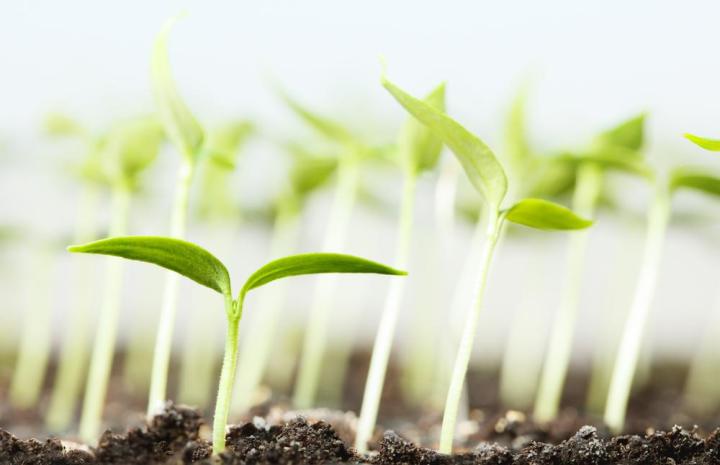
It’s true – the Japanese electronics giant is getting into farming, last week opening its first licensed indoor vegetable farm in super-urbanized Singapore.

The initiative, which utilizes Panasonic farming technology, is aimed at helping the island state reduce its dependency on food imports, Reuters reported Sunday.
Beginning with a modest production capacity of 3.6 tons per year, the facility has started off by supplying Singapore-based Japanese restaurants with 10 kinds of vegetables, including lettuce and baby spinach.
Over the next three years Panasonic plans to have up to 30 different crops growing at its indoor farm, which uses “pinkish-purple” LED lights to aid photosynthesis.
The tech firm may have found the plasma TV market to be too challenging economically, but it clearly sees fruit and veg as an area worth exploring, with the company’s Hideki Baba saying as much over the weekend.
“We foresee agriculture to be a potential growth portfolio, given the global shortage of arable land, climate change and increasing demand for quality food as well as stable food supply,” Baba said at a special event over the weekend announcing the Singapore-based project.
Panasonic isn’t the only Japanese technology company getting into indoor farming, with a number of big-name firms working to breathe new life into idle factories and facilities.
Toshiba last month started shipping a range of vegetables grown inside a factory that once made floppy disks, while in May Fujitsu started selling leafy greens grown in a facility formerly used to build microchips for handsets. In addition, Mirai, a company specializing in factory farming, recently took over an old Sony facility in northern Japan to grow various veg.
And if that wasn’t enough, Sharp is also reportedly growing strawberries in a special facility near Dubai.
Although reviews of the tech companies’ fruit and veg may not make it to the pages of DT, it’s nevertheless interesting to see how these firms are branching out as they seek out new markets, pushing innovation and making real progress in areas few would have expected just a couple of years ago.


